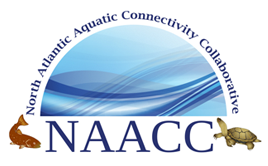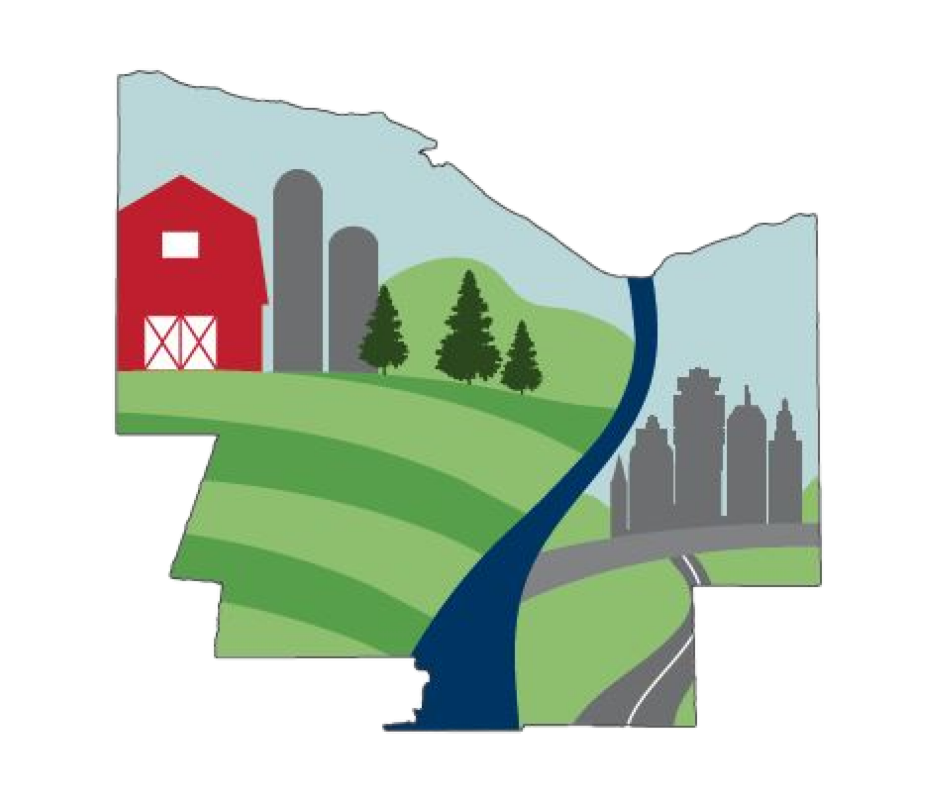North Atlantic Aquatic Connectivity Collaborative
Founded in 2015, the North Atlantic Aquatic Connectivity Collaborative (NAACC) is an organization made up of federal, state, and local government agencies, conservation non-profits, and universities to increase the connectivity of aquatic habitats.
What’s the deal with culverts?
While culverts may make it easier for roads to cross over small streams, they often make it much more difficult for wildlife living in the stream to traverse it. Typically, animals living in streams need to be able to move throughout the length of the stream in order to find suitable habitat, food, new mates, etc. When culverts are installed in streambeds they restrict the ability of animals to make these movements – leading the entire animal population to decline. This can severely impact endangered or threatened species like eel or sturgeon, and harm important sport fish species like trout and salmon that need to migrate upstream to lay their eggs.
The NAACC program is designed to have trained technicians identify which culverts are most negatively impacting aquatic connectivity in local streams. Our technicians locate the signs of a culvert that is limiting aquatic organism passage, and we upload the information collected into a national database. This database creates a map of every culvert in the county and rates how harmful they are to the local ecology. The culverts that are deemed the most hazardous are eventually the first ones replaced. Hopefully in time, we can restore all of our local waterways!

